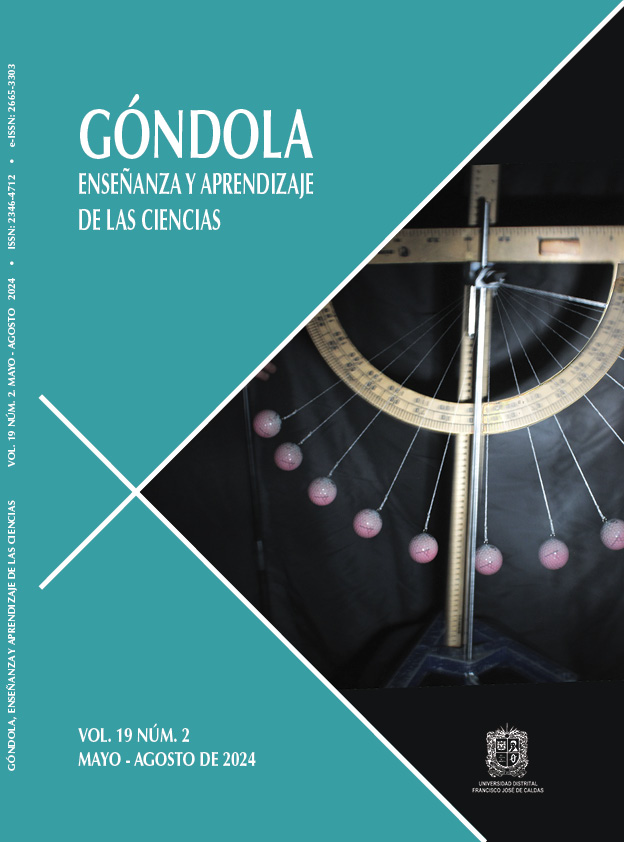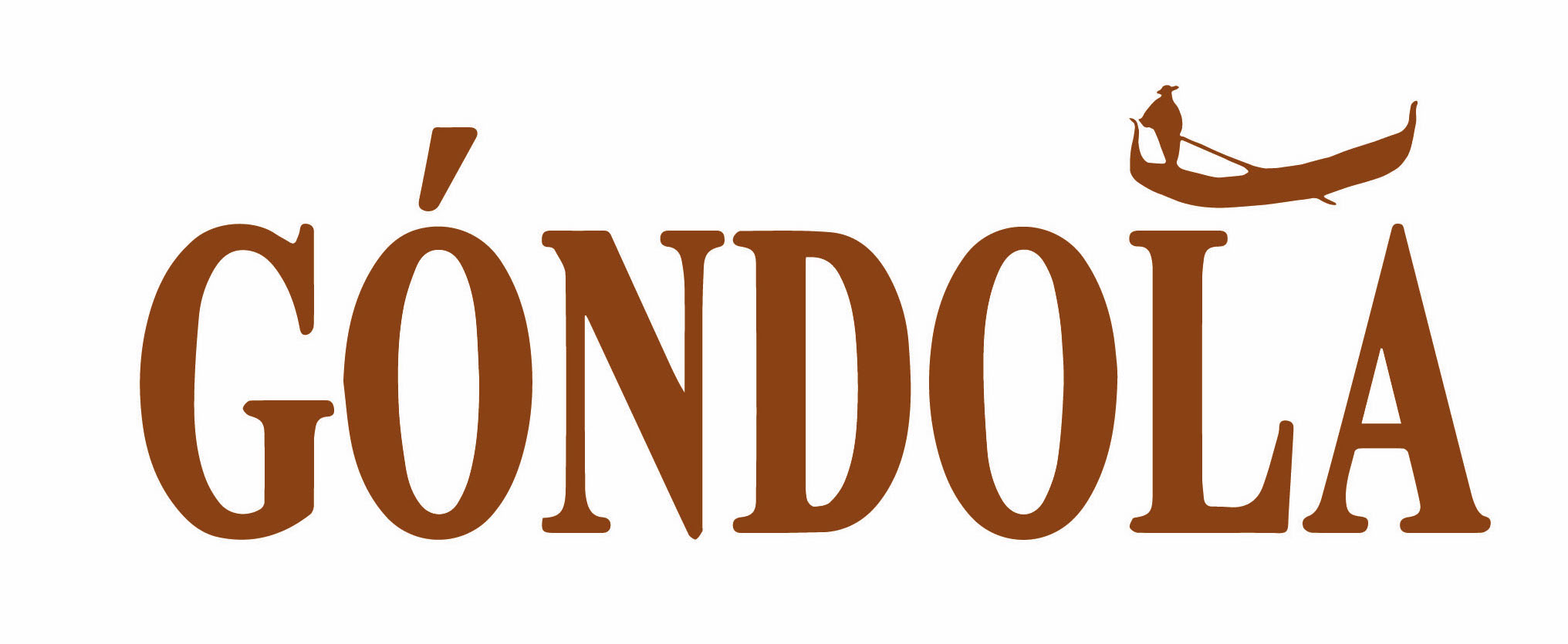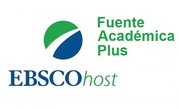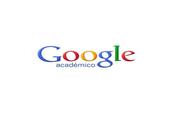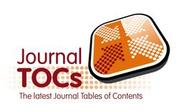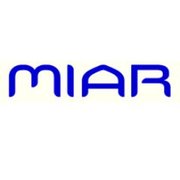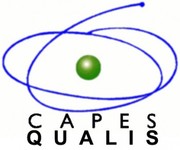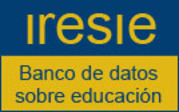DOI:
https://doi.org/10.14483/23464712.19718Published:
2024-06-04Representações das inteligências múltiplas nas atividades presentes nos livros didáticos de biologia
Representations of Multiple Intelligences in the Activities Present in Biology Textbooks
Representaciones de las inteligencias múltiples en las actividades presentes en los libros de texto de biología
Keywords:
Multiple intelligences, Textbook analysis, Activities, Naturalist intelligence (en).Keywords:
Inteligencias múltiples, Análisis de libros de texto, Actividades, Inteligencia naturalista (es).Keywords:
Inteligências múltiplas, Análise de livros didáticos, Atividades, Inteligência naturalista (pt).Downloads
Abstract (pt)
O ensino de Biologia enfrenta desafios na abordagem dos conteúdos para evitar que estes sejam apenas memorizados. Assim, a integração das múltiplas inteligências nas atividades dos livros didáticos pode permitir aos alunos perceber os conteúdos de maneira contextualizada, possibilitando uma atuação crítica. Nosso objetivo foi investigar o grau de representação das múltiplas inteligências nas atividades didáticas de ecologia nos livros do Programa Nacional do Livro Didático de 2018, sob a perspectiva da Teoria de Inteligências Múltiplas de Gardner. Utilizamos um checklist baseado nessa teoria para examinar as diversas inteligências nas atividades dos livros de biologia. Dez coleções foram analisadas usando um método analítico descritivo. A análise revelou que a maioria dos livros foca nas inteligências verbal/linguística, visual/ espacial, naturalista e lógico/matemática, enquanto as inteligências interpessoal e intrapessoal tiveram baixa frequência e as inteligências corporal/cinestésica e musical não foram detectadas. Os resultados indicam uma distribuição desequilibrada das inteligências nos livros examinados, sugerindo que as inteligências ausentes podem ser abordadas pelos professores para enriquecer o material didático.
Abstract (en)
Teaching Biology faces challenges in content approach to prevent it from being merely memorized. Thus, integrating multiple intelligences into textbook activities can allow students to perceive the contents in a contextualized manner, enabling critical action. Our goal was to investigate the degree of representation of multiple intelligences in ecological teaching content activities in books provided by the National Textbook Program of 2018, under the perspective of Gardner’s Theory of Multiple Intelligences. We used a checklist based on this theory to examine the various intelligences in biology book activities. Ten collections were analyzed using a descriptive analytical method. The analysis revealed that the majority of the books focused on verbal/linguistic, visual/spatial, naturalistic, and logical/mathematical intelligences, while interpersonal and intrapersonal intelligences were observed infrequently, and bodily/kinesthetic and musical intelligences were not detected. The results indicate an imbalanced distribution of intelligences in the examined books, suggesting that the absent intelligences could be addressed by teachers to enrich the teaching material.
Abstract (es)
La enseñanza de la Biología enfrenta desafíos en el enfoque de los contenidos para evitar que estos sean solo memorizados. Así, la integración de las inteligencias múltiples en las actividades de los libros de texto puede permitir a los estudiantes acercarse a los contenidos de manera contextualizada, posibilitando una actuación crítica. Nuestro objetivo fue investigar el grado de representación de las inteligencias múltiples en las actividades didácticas de ecología en los libros proporcionados por el Programa Nacional del Libro de Texto de 2018, bajo la perspectiva de la Teoría de las Inteligencias Múltiples de Gardner. Utilizamos una lista de verificación basada en esta teoría para examinar las diversas inteligencias en las actividades de los libros de biología. Diez colecciones fueron analizadas utilizando un método analítico descriptivo. El análisis reveló que la mayoría de los libros se centraban en las inteligencias verbal/lingüística, visual/espacial, naturalista y lógico/matemática, mientras que las inteligencias interpersonal e intrapersonal se observaron con poca frecuencia, y las inteligencias corporal/cinestésica y musical no se detectaron. Los resultados indican una distribución desequilibrada de las inteligencias en los libros examinados, sugiriendo que las inteligencias ausentes podrían ser abordadas por los profesores para enriquecer el material didáctico.
References
Alsalhi, N. R. I. (2020). The representation of multiple intelligences in the science textbook and the extent of awareness of science teachers at the intermediate stage of this theory. Thinking Skills and Creativity, 38, 100706.
Al-Shboul, A., & Al-Khawaldeh, N. (2014). Analysis of Islamic education textbooks in Jordan in light of intelligences theory. The Jordanian Journal of Educational Sciences, 10 (3), 293-304.
Al-Zoubi, S. M., & Al-Adawi, F. A. (2019). Effects of instructional activities based on multiple intelligences theory on academic achievement of Omani students with dyscalculia. Online Submission, 7 (1), 1-14.
Ambusaidi, A. (2009). The effect of teaching strategies based on multiple intelligence theory on academic achievement and alternative conceptions in chemistry. Journal of King Saud University-Educational Sciences and Islamic Studies, 21 (1), 1-33.
Arafa, B. (2014). An evaluation study of the reflection of Gardner’s theory in multiple intelligences in the activities of the new curriculum for science in the fourth grade. Journal of the Union of Egyptian Universities for Education and Psychology, 12 (3).
Armstrong, T. J., & Veronese, M. A. V. (2001). Inteligências múltiplas na sala de aula. Artmed.
Ashour, M. (2016). The relationship between multiple intelligences and academic achievement of students with learning disabilities. Educational and Psychological Studies, 92, 207-242.
Ashtarian, H., & Ashtarian, S. (2015). Representation of multiple intelligences in English for the students of medicine. Engl. Specif. Purp. World, 48 (16), 1-7.
Ballestero-Alvarez, M. E. (2005). Exercitando as inteligências múltiplas: dinâmicas de grupo fáceis e rápidas para o ensino superior. Papirus Editora.
Botelho, M. R. L. (2003). Multiple intelligences theory in English language teaching: An analysis of current textbooks, materials and teachers’ perceptions. (Doctoral dissertation, Ohio University).
Campbell, L. et al. (2000). Ensino e aprendizagem por meio das inteligências múltiplas: inteligências múltiplas na sala de aula.
Dembo, M. H. (1994). Applying educational psychology. Longman/Addison Wesley Longman.
Doyle, W. (1983). Academic work. Review of Educational Research, 53 (2), 159-199.
Estaji, M., & Nafisi, M. (2014). Multiple intelligences and their representation in the EFL young learners’ textbooks. International Journal of Research Studies in Language Learning, 3 (6), 61-72.
Gardner, H. (1993). Multiple intelligences. New York.
Hajebi, M.,Taheri, S., & Noshadi, M. (2018).The relationship between interpersonal intelligence, reading activity and vocabulary learning among Iranian EFL learners. Int. J. Engl. Lang. Transl. Stud, 6*, 48-56.
Gürkaynak, E. A. (2015). A textbook adaptation using data gathered by a multiple intelligence inventory. Procedia- Social and Behavioral Sciences, 199, 285-292.
Hattie, J. (2012). Visible learning for teachers: Maximizing impact on learning. Routledge.
Höffling, E. (2006). The trajectory of the National Textbook program of the Ministry of education in Brazil. In: O Livro Didático de Ciências No Brasil. Campinas: Komedi, 19-31.
Jado, S. M. A. et al. (2015). The level of multiple intelligences in Arabic language textbooks for grades from (1-4) in Jordan in light of Gardner’s theory. Creative Education, 6(14), 1558.
Köksal, M. S., & Yel, M. (2007). The effect of multiple intelligences theory (MIT)-based instruction on attitudes towards the course, academic success, and permanence of teaching on the topic of “Respiratory Systems”. Kuram ve Uygulamada Egitim Bilimleri, 7 (1), 231.
Lima Soares, E., et al. (2018). As representações do corpo humano nos livros didáticos de ciências. Góndola, Enseñanza y Aprendizaje de las Ciencias: Góndola, Enseñanza y Aprendizaje de las Ciencias, 13(1), 55-72.
Machado, M. N. (2019). *Exercitando as inteligências múltiplas a partir de atividades lúdicas sobre o sistema solar*.
Malafaia, G., & Rodrigues, A. S. (2011). O uso da teoria das inteligências múltiplas no ensino de biologia para alunos do ensino médio. SaBios-Revista de Saúde e Biologia, 6(3).
Mayer, R. E. (2001). Multimedia learning. Cambridge University Press.
Morgan, K. E. (2014). Decoding the visual grammar of selected South African history textbooks. Journal of Educational Media, Memory, and Society, 6(1), 59-78.
Nasiri, M., Ketabi, S., & Dastjerdi, H. (2012). Multiple Intelligences in locally-published ELT textbooks in Iran. Modern Journal of Applied Linguistics, 4, 258-266.
Palmberg, R. (2002). Catering for multiple intelligences in EFL coursebooks. Humanising Language Teaching Magazine, 4(1).
Palmberg, R. (2011). Multiple intelligences revisited. Palmsoft Publications.
Penuel, W. R., Phillips, R. S., & Harris, C. J. (2014). Analysing teachers’ curriculum implementation from integrity and actor-oriented perspectives. Journal of Curriculum Studies, 46(6), 751-777.
Rudek, K., et al. (2021). Abordagens de saúde nos livros didáticos de ciências: investigando as infecções sexualmente transmissíveis. Góndola, enseñanza y aprendizaje de las ciencias, 16(3).
Shearer, B. (2018). Multiple intelligences in teaching and education: Lessons learned from neuroscience. Journal of Intelligence, 6(3), 38.
Sibanda, L. (2022). The extent to which Grade 4 English First Additional Language Workbooks cater for learners’ multiple intelligences. Universal Journal of Educational Research, 10(3), 185-194.
Taase, Y. (2012). Multiple Intelligences Theory and Iranian Textbooks: An analysis. Journal of Pan-Pacific Association of Applied Linguistics, 16(1), 73-82.
Taaseh, Y., Mohebbi, A., & Mirzaei, F. (2014). Intelligence profile of Iranian domestically designed and published ELT textbooks and students’ multiple intelligences. International Journal of Language and Linguistics, 2(1), 24-31.
Valverde, G. A., et al. (2002). According to the book: Using TIMSS to investigate the translation of policy into practice through the world of textbooks. Springer Science & Business Media.
Wattanborwornwong, L., & Klavinitchai, N. (2016). The differences of multiple intelligence representation in English and Chinese textbooks: the case of EFL & CFL textbooks in Thailand. Theory and Practice in Language Studies, 6(2), 302.
Zhuang, H., et al. (2021). Comparison of nature of science representations in five Chinese high school physics textbooks. International Journal of Science Education, 43(11), 1779-1798.
How to Cite
APA
ACM
ACS
ABNT
Chicago
Harvard
IEEE
MLA
Turabian
Vancouver
Download Citation
License
Copyright (c) 2024 Autor y Góndola. Enseñanza y Aprendizaje de las Ciencias

This work is licensed under a Creative Commons Attribution-NonCommercial-NoDerivatives 4.0 International License.
Gondola, Ens Aprend Cienc. is an open-access publication, free of charge for authors and readers. The publication, consultation or download of the contents of the magazine does not generate any cost for the authors or the readers, since the Francisco José de Caldas District University assumes the expenses related to edition, management and publication. The peer evaluators do not receive any economic retribution for their valuable contribution. The work of all the actors mentioned above is understood as a contribution to the strengthening and growth of the research community in the field of Science Education.
As of December 1, 2018 the contents of the journal are published under the terms of the Creative Commons License Attribution-Noncommercial- ShareAlike 4.0 International (CC-BY-NC-SA 4.0), under which others may distribute, remix, retouch, and create from the work in a non-commercial way, give credit and license their new creations under the same conditions.
The copyright holders are the authors and the journal Gondola, Ens Aprend Cienc. The holders retain all rights without restrictions, respecting the terms of the license in terms of consultation, downloading and distribution of the material.
When the work or any of its elements is in the public domain according to the applicable law in force, this situation will not be affected by the license.
Likewise, we encourage authors to deposit their contributions in other institutional and thematic repositories, with the certainty that culture and knowledge is a good of all and for all.

